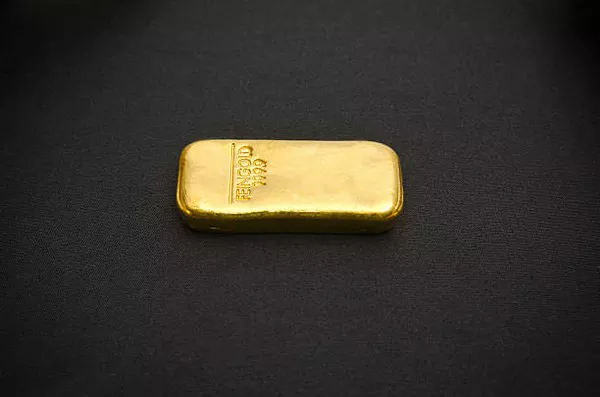In the world of precious metals, gold has long reigned supreme as the epitome of wealth and prosperity. However, a closer look at the dynamics of the precious metals market reveals that silver, often overshadowed by its glamorous counterpart, possesses unique qualities that challenge the conventional wisdom. This article explores the question: Is silver more valuable than gold?
Historical Perspective
Throughout history, gold has held a special place in human culture, symbolizing wealth, power, and luxury. Its rarity, malleability, and resistance to corrosion have contributed to its status as a store of value. In contrast, silver has been perceived as the “poor man’s gold,” with a lower price point and broader industrial applications.
However, historical trends are not immutable, and the perceived value of precious metals can shift. In recent years, silver has experienced increased attention and demand, leading to a reevaluation of its standing relative to gold.
Industrial Demand
One key factor that differentiates silver from gold is its extensive use in industry. While gold is primarily valued for its aesthetic appeal and use in jewelry and as a financial asset, silver boasts a wide range of industrial applications. Its exceptional conductivity, reflectivity, and antibacterial properties make it an essential component in electronics, solar panels, medical equipment, and various other industries.
The surge in demand for renewable energy technologies, such as solar panels, has significantly boosted silver’s industrial consumption. As the world shifts towards a more sustainable future, the importance of silver in cutting-edge technologies positions it as a crucial commodity.
Supply and Demand Dynamics
The supply and demand dynamics of silver also play a pivotal role in its perceived value. Unlike gold, which is often hoarded and passed down through generations, silver is frequently consumed in industrial processes. This can create a scenario where the demand for silver outpaces its annual production, potentially driving prices higher.
Moreover, the silver market is smaller and more volatile than the gold market. As a result, even modest shifts in demand or supply can lead to more pronounced price movements in the silver market. Investors who seek opportunities in market fluctuations may find silver to be a more dynamic and potentially lucrative option compared to gold.
Monetary History and Investment Trends
While gold has traditionally been the preferred choice for hedging against economic uncertainties and inflation, silver’s historical role as a monetary metal should not be overlooked. Throughout history, silver has been used as a form of currency alongside gold, and its dual role as both an industrial and precious metal provides a unique combination of attributes.
In recent years, silver has gained traction as an investment option, with both individual and institutional investors diversifying their portfolios to include this versatile metal. Exchange-traded funds (ETFs) backed by physical silver and silver mining stocks have become popular avenues for investors seeking exposure to the precious metals market beyond gold.
Price Ratio and Relative Affordability
One intriguing aspect of the silver-gold debate is the price ratio between the two metals. Traditionally, this ratio has been around 16:1, meaning it would take 16 ounces of silver to purchase one ounce of gold. However, in recent times, this ratio has widened, with silver becoming more affordable relative to gold.
Some analysts argue that the historical price ratio should be considered when evaluating the investment potential of silver. If the ratio were to revert to historical norms, silver could outperform gold in terms of price appreciation, making it an attractive prospect for investors looking for undervalued assets.
See Also: What Is Pure Gold Karat?A Comprehensive Look
Conclusion
In conclusion, the question of whether silver is more valuable than gold is complex and depends on various factors. While gold continues to be a symbol of wealth and stability, silver’s unique properties, industrial applications, and recent shifts in market dynamics have sparked renewed interest in this often-overlooked precious metal.
Investors seeking diversification and opportunities for growth may find silver to be a compelling addition to their portfolios. The evolving role of silver in the green technology sector, coupled with its historical significance as a monetary metal, positions it as a versatile asset with the potential for both capital appreciation and industrial utility.
Ultimately, the perceived value of silver versus gold is subjective and contingent on individual investment goals, risk tolerance, and market trends. As the precious metals landscape continues to evolve, keeping a close eye on both silver and gold may offer investors a well-rounded approach to preserving and growing wealth in an ever-changing economic environment.


